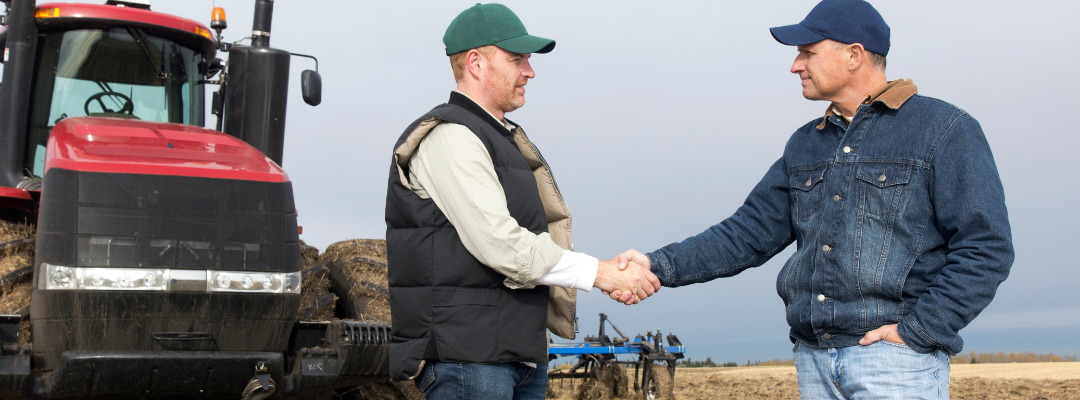Questions regarding fence disputes are a regular inquiry at the National Agricultural Law Center. For such a common issue, one would assume that this area of the law is relatively straightforward, but that is not always the case! All fifty states have passed laws relating to fences and livestock running at large, but there are significant differences between the states and sometimes even within the same state. For example, Texas is an “open range” state which means that livestock owners are not required to fence in their livestock; however, counties can, and have, adopted local stock laws that effectively close the range in those counties. It can be very difficult to determine whether a Texas county has adopted a local stock law closing the open range in that county because older records are often hard to find and may not be found online.
The confusing nature of fence laws causes numerous problems across the country, but a few general rules apply to most of the southern states. If you have livestock, you typically have a duty to keep them on your property (except for some counties in Texas.) What constitutes a legal fence is typically found in your state law, but the fence must be sufficient to keep your livestock on your own property. The last area where significant questions arise covers maintaining and paying for the boundary fences between neighbors. Once again, this area of the law is highly dependent on where your property is located. It is dependent on the state, but some states have antiquated fence laws which further complicates the problem. To read your state fence law, click here.
If you do have a fence issue with your neighbor, the cheapest way for both parties to resolve the dispute is to come to an agreement that everyone can accept. Fences are not cheap, but lawsuits will typically cost more in the long run.
Source – the National Agricultural Law Center
Rumley, Rusty. “Fence Laws for Rural Landowners“. Southern Ag Today 2(24.5). June 10, 2022. Permalink




